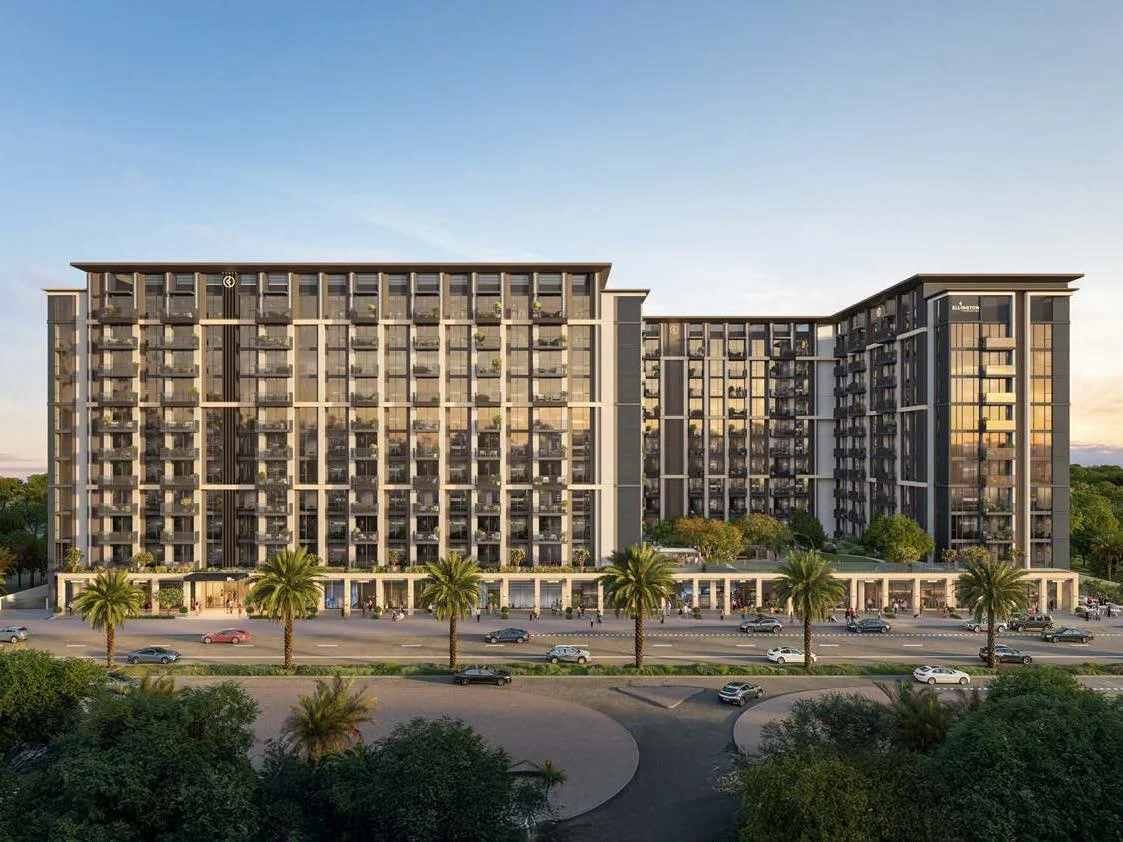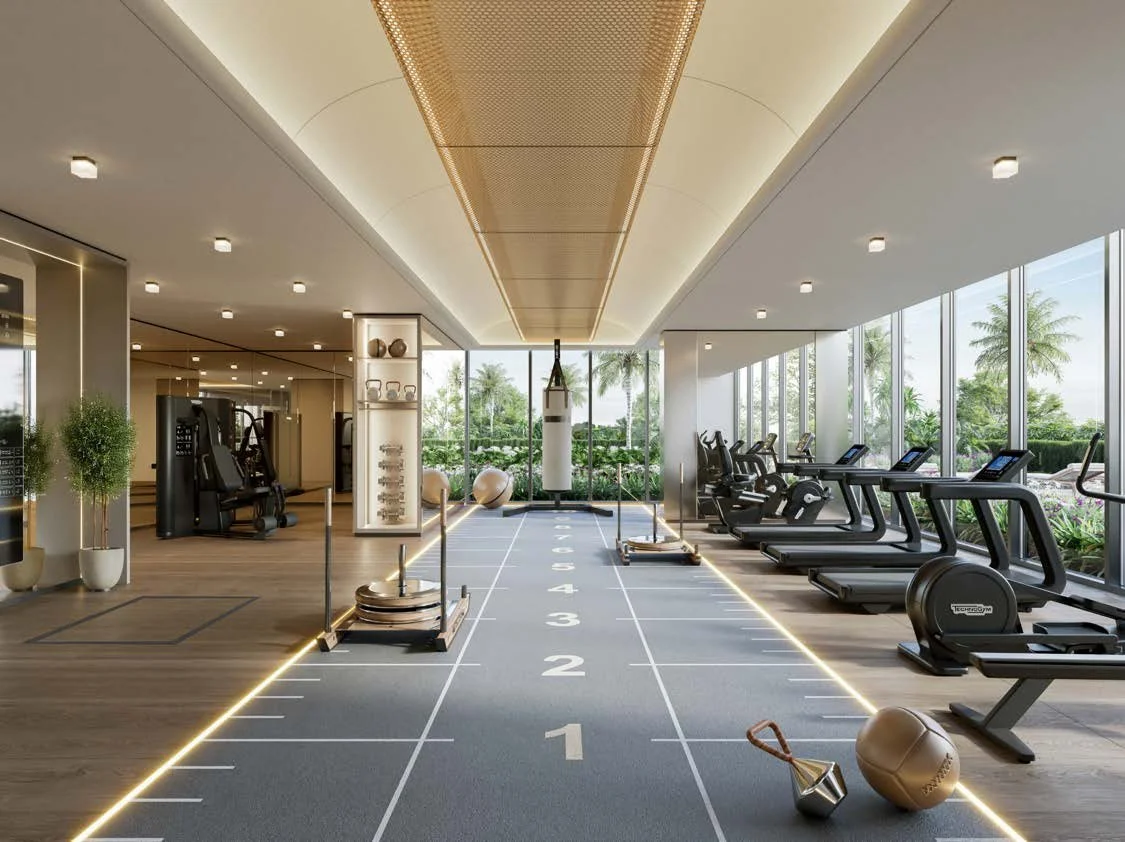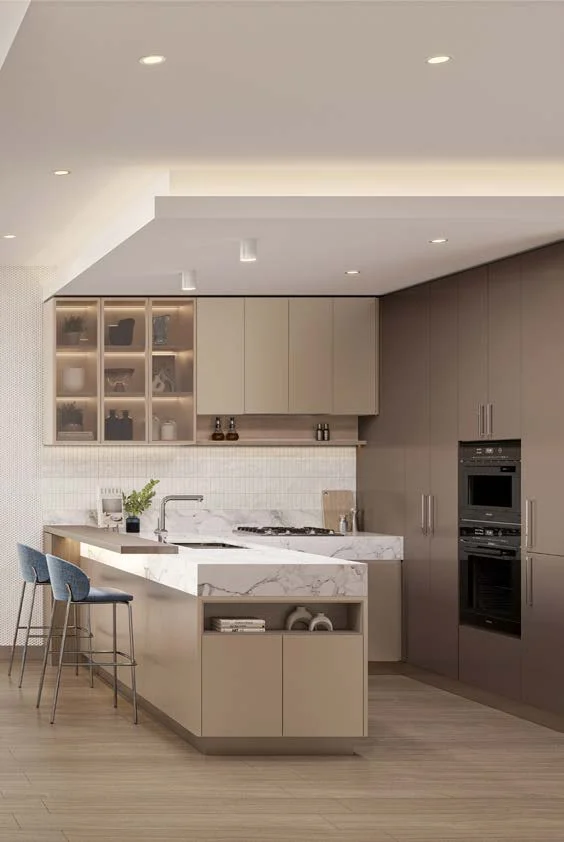Ellington's Windsor House: Why Dubai South's First Premium Development Could Redefine Emirates Investment Returns
Windsor House marks Ellington Properties' strategic debut in Dubai South, the UAE's largest single urban master development
Project features 424 freehold apartments across two towers, with completion scheduled for Q3 2028
Located near Al Maktoum International Airport's US$35 billion expansion to become the world's largest airport
Flexible 70/30 payment plan with eligibility for UAE's First-Time Home Buyer Programme
Unit sizes range from 780 sq ft one-bedroom to 1,507 sq ft three-bedroom apartments
Comprehensive amenities include 41,000 sq ft landscaped deck, pools, fitness facilities, and wellness spaces
Anticipated service charge of AED 17 per sq ft maintains competitive ownership costs
Strategic location provides direct access to Sheikh Mohammed bin Zayed Road and Emirates Road
Development sits within integrated ecosystem combining aviation, residential, commercial, and retail districts
Proximity to Expo City Dubai positions investment within sustainability and innovation hub
The smart money in Dubai isn't chasing Downtown penthouses anymore. While most investors fixate on the glittering towers of Business Bay or the beachfront allure of JBR, something far more significant is taking shape in a district that barely registers on international radar screens.
Dubai South is about to become very expensive to ignore.
Consider this: the UAE government is spending US$35 billion on a single infrastructure project here. Not a token investment or political gesture, but serious money that will fundamentally reshape Dubai's economic geography. Al Maktoum International Airport isn't just expanding; it's becoming the largest airport on the planet, designed to handle 200 million passengers annually.
Windsor House, the latest project from Ellington Properties, sits at the epicentre of this transformation. But this isn't just another luxury development story. It's a calculated bet on Dubai's next growth phase, and the numbers tell a compelling tale for investors who understand infrastructure economics.
Why Dubai South Matters Now
Most people still think of Dubai South as "that place near the airport." They're missing the bigger picture entirely. This is the UAE's largest single urban development, spanning an integrated ecosystem where aviation, logistics, residential, and commercial districts connect seamlessly.
The infrastructure spend here dwarfs most small countries' annual budgets. Al Maktoum Airport alone represents the kind of government commitment that transforms entire regions. Look at what happened around Dubai International Airport over the past two decades, or how Heathrow's expansion affected West London property values. The pattern repeats globally: major airport infrastructure creates sustained property appreciation in surrounding areas.
Joseph Thomas, who co-founded Ellington Properties, puts it simply: "Dubai South aligns with our vision to develop within communities that are not only growing but are being thoughtfully designed to support long term lifestyles."
Translation: they see the bigger picture too.
For international investors, this represents something increasingly rare in Dubai's mature property market: genuine ground floor opportunity in a district backed by massive infrastructure investment. Most of Dubai's proven areas are already fully priced. Dubai South isn't.
The Windsor House Proposition
Ellington has built their reputation on understanding market timing. Their previous projects in established areas like Dubai Hills and Business Bay have delivered solid returns, but Windsor House represents something different: early entry into what could become Dubai's next premium district.
The development itself reflects careful market analysis. With 424 freehold apartments across twin towers, the unit mix targets Dubai's strongest rental demographics. The spread is telling: 43% one-bedroom apartments and 34% two-bedroom units, precisely the configuration that generates the highest rental yields in Dubai's professional expatriate market.
Unit sizes range from efficient 780 square foot one-bedroom homes to spacious 1,507 square foot three-bedroom residences. The sizing isn't arbitrary; it reflects deep understanding of what rents well in Dubai's competitive market. Too small, and quality tenants look elsewhere. Too large, and rental yields suffer.
The architectural approach deserves attention too. Rather than chase flashy statements, Ellington has designed around a central courtyard that creates community whilst maintaining privacy. Floor-to-ceiling windows maximise natural light, whilst neo brutalist influences give the facade distinctive character without screaming for attention.
This matters more than most investors realise. Dubai's rental market increasingly rewards developments that offer lifestyle substance over surface glamour. Tenants pay premiums for thoughtful design and genuine amenities, not just impressive marketing materials.
Infrastructure Economics in Action
The connectivity story here runs deeper than simple transport links. Windsor House benefits from direct access to Sheikh Mohammed bin Zayed Road and Emirates Road, providing seamless connections to Dubai's established business districts. But the real advantage lies in what's coming next.
Dubai South's master plan includes autonomous vehicle networks, advanced logistics systems, and integrated transport that will make commuting to other Dubai areas faster and more convenient than living in many supposedly central locations. The infrastructure timeline aligns perfectly with Windsor House's 2028 completion.
Expo City Dubai adds another value dimension that most investors haven't properly factored in yet. The former Expo 2020 site has evolved into a permanent innovation and sustainability hub, attracting international businesses, research institutions, and the kind of high value employment that drives residential demand.
This employment factor cannot be overstated. Rental yields and capital appreciation ultimately depend on people wanting to live in specific areas. Dubai South's employment prospects look increasingly attractive as major corporations establish regional headquarters here, drawn by airport connectivity and government incentives.
Having tracked Dubai's property cycles since 2003, I've observed how employment follows infrastructure, and residential demand follows employment. The Metro's expansion created measurable price premiums along new corridors. Al Maktoum Airport's development promises similar effects, though potentially on a much larger scale.
Payment Structure and Market Timing
Windsor House offers a structured 70/30 payment plan that spreads investment across the construction period until Q3 2028 completion. This reduces immediate capital requirements whilst providing exposure to potential appreciation during development.
The payment structure becomes particularly attractive in current global economic conditions. Capital preservation and cash flow management rank high among international investor priorities, and staged payments offer more flexibility than traditional lump sum purchases.
More significantly, the timing allows investors to benefit from potential appreciation during the construction period. As airport expansion progresses and Dubai South's infrastructure advantages become more apparent, property values should reflect these improvements progressively rather than all at once upon completion.
The anticipated service charge of AED 17 per square foot maintains competitive ownership costs, significantly below premium areas like Downtown Dubai or Dubai Marina where service charges often exceed AED 25 per square foot. This differential becomes crucial for rental yield calculations.
Lifestyle Amenities That Drive Returns
The amenity package at Windsor House targets lifestyle preferences that generate rental premiums in Dubai's competitive market. The 41,000 square foot landscaped deck provides extensive recreation spaces including pools, fitness facilities, yoga areas, and social zones.
These aren't just lifestyle additions; they're rental yield drivers. Dubai's professional expatriate community increasingly prioritises quality of life amenities, particularly after recent global events highlighted the importance of home environment quality.
The development includes several amenities that distinguish it from competitors: dedicated Pilates and yoga studios, outdoor meditation pods, bocce ball courts, and comprehensive pet facilities including play and wash areas. These details matter because they target specific lifestyle preferences that command rental premiums.
Pet friendly facilities deserve particular mention. Pet ownership among Dubai's expatriate population has grown substantially, yet genuinely pet friendly accommodation remains limited. Developments that properly accommodate pet owners often achieve rental premiums and lower vacancy rates.
Comparative Investment Analysis
When evaluating Windsor House against established Dubai property markets, several factors favour the Dubai South location. Capital entry costs remain substantially below prime areas, whilst infrastructure development timelines suggest significant appreciation potential.
Consider the numbers: similar quality apartments in Dubai Marina or Downtown Dubai command 30 to 40% higher purchase prices, whilst rental yields often lag due to oversupply in established areas. Dubai South's emerging status means less competition for quality tenants and potentially stronger rental growth as the district matures.
The freehold ownership structure provides additional security for international investors, eliminating lease expiry concerns that affect properties in other Dubai areas. This becomes particularly relevant for investors seeking long-term wealth preservation rather than short-term trading opportunities.
Rental yields in emerging areas typically outperform established districts during infrastructure development phases. Dubai South's growth trajectory, supported by airport expansion and Expo City development, suggests rental demand will increase as employment opportunities multiply in the district.
Risk Assessment and Professional Perspective
Property investment carries inherent risks, and Dubai South's success depends partly on infrastructure delivery timelines and broader economic conditions. However, the scale of committed investment, particularly the US$35 billion airport expansion, suggests government backing that reduces development risk substantially.
The timing appears favourable for several compelling reasons. Construction begins from a lower price base compared to established areas, providing better entry valuations. The development timeline aligns with airport expansion phases, creating potential value catalyst alignment.
Global economic uncertainty has actually strengthened Dubai's investment appeal for many international investors. The emirate's handling of recent challenges, combined with progressive visa policies and business friendly regulations, has enhanced its reputation as a stable investment destination.
From a professional perspective, having guided numerous international investors through Dubai property acquisitions since 2003, I see Windsor House as representing the type of strategic opportunity that benefits from early entry. The fundamentals stack up: infrastructure investment, government commitment, developer quality, and market timing.
The Broader Investment Context
Windsor House represents more than a residential development; it's positioned within Dubai's next major growth corridor. The convergence of airport expansion, district development, and demographic trends creates investment fundamentals that mirror successful property appreciation patterns in Dubai's now established premium areas.
The opportunity lies not just in the property itself, but in the broader transformation of Dubai South from an emerging district to an established community. Investors who positioned themselves in Dubai Marina during its early development phases, or Downtown Dubai before major landmark completions, understand the potential returns when infrastructure development meets strategic location selection.
Current market conditions suggest the optimal entry window may be closing as awareness grows among international investors. Early movers typically capture the best value before infrastructure benefits become fully reflected in property pricing.
For international investors considering Dubai property exposure, Windsor House offers a compelling combination of established developer credibility, strategic location positioning, and infrastructure backed growth potential. The question isn't whether Dubai South will succeed; the scale of investment and government commitment makes success highly likely.
The real question centres on optimal timing for entry, and current market conditions suggest that window remains open but may not stay that way indefinitely. As someone who has navigated Dubai's property markets through multiple cycles, I believe strategic opportunities like Windsor House deserve serious consideration from international investors seeking both yield and appreciation potential.
If you're evaluating Dubai property investment options or seeking to understand how Windsor House might fit within your international portfolio, the time for detailed analysis is now, before market recognition fully catches up with infrastructure reality.












